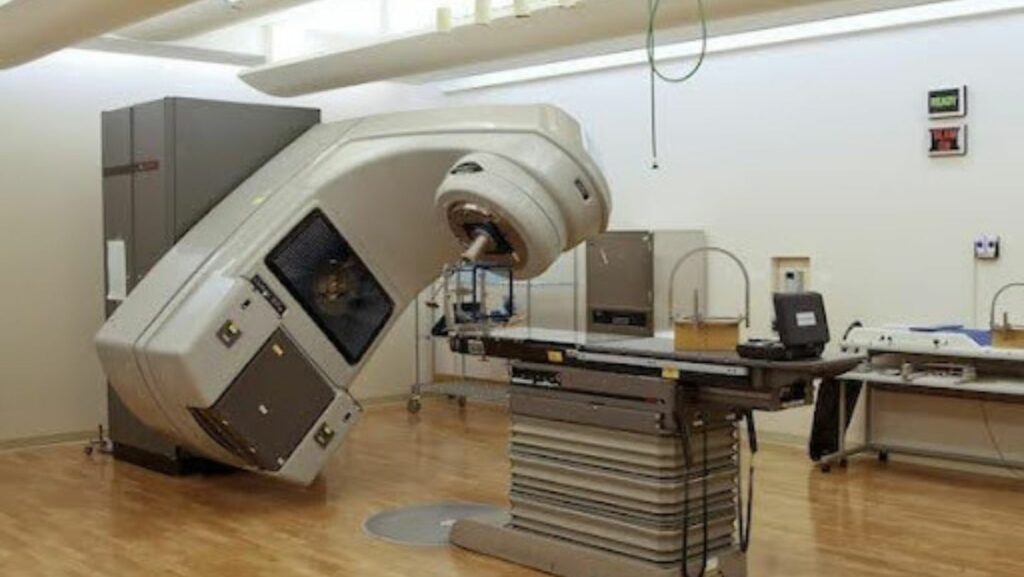
Acquisition of medical equipment is an integral part of the new world of medicine, providing the ideal patient care while contributing to the most effective use of hospital apparatus. However, the procurement of medical equipment is riddled with pitfalls, and one slip can have disastrous consequences. To guide healthcare organizations in making better choices and to assist them in improving efficiency, this article explores four common mistakes that should be avoided when buying medical equipment.
Inadequate Needs Assessment
Inadequate needs assessment is one of the most fundamental errors in procurement. Healthcare providers must carefully consider their specific needs before embarking on the procurement journey. These can be things like electronics, machines, beds, or medical backpacks from Fieldtex Products that staff may require. Also, take into account the patient base, workloads, and future growths as well. Healthcare facilities often rush into procurement without a full grasp of their needs, ending up with equipment that may be redundant or incompatible. This neglect not only wastes resources but will also hamper the facility’s overall efficiency.
In order to avoid this mistake, healthcare organizations need to invest time and resources in a comprehensive needs assessment. To understand the specific functions and features needed, interacting with clinicians, technicians, as well as other stakeholders who will use the equipment is essential. This collaborative method ensures that the purchased equipment is in keeping with the facility’s goals and contributes to improving patient care.
Neglecting Total Cost of Ownership
During the procurement process itself, upfront costs seem to be all that matters. But in fact, failing to consider the total cost of ownership (TCO) is an expensive error. TCO includes not just the original price of procurement, but also maintenance fees, training costs, and upgrade expenses during its life cycle. Many healthcare providers unintentionally fall into the same trap, choosing equipment with a low initial price and ignoring long-term considerations. This narrow focus can result in budget overruns, as continuing expenses often outstrip the initial savings.

Overlooking Compatibility And Integration
Integrability and compatibility are crucial in today’s rapidly developing medical technology environment. In some cases isolated procurement of medical equipment can lead to inefficient use and lack of an information network about patients. In buying the most advanced equipment, some healthcare facilities simply overlook whether it is compatible with electronic health records systems or other major infrastructure components. Overlooking this could mean data silos, clinicians doing twice as much work without getting any farther ahead, or bad quality in bedside care. To make sure this mistake is not made, healthcare organizations should concentrate on equipment that can really fit into their current technology stack. Collaboration and communication between departments can often identify possible incompatibilities. To build a unified, integrated healthcare community, it is necessary to invest in equipment supporting open standards.
Ignoring Regulatory Compliance
The healthcare industry is highly regulated, and standards compliance is an absolute necessity. Not considering or underestimating the value of regulatory compliance in procurement would have serious legal consequences, including fines and damage to patient safety. To ensure its safety, efficacy, and reliability, medical equipment must conform to strict regulatory standards. Also, healthcare providers must pay attention to laws and regulations for obtaining medical devices or equipment in the region and beyond. Non-compliance with these regulations would lead to delays, increased costs, and corrective actions required.
In order to prevent this error, healthcare organizations need a sound system of monitoring and managing compliance with regulations during the procurement process. This involves undertaking comprehensive research on related regulations, obtaining relevant certificates, and paying great attention to the selection of suppliers who put a high emphasis on compliance. This may significantly delay bringing up a medical device on the market, like in case with Vega (wellness devices for healing damaged joints, inflamed tissues in post-trauma and recovery period) developed by Sensonica. When compliance is integrated into the procurement strategy, healthcare providers promote their image, protect patients ‘lives and health, and learn to handle complex regulations.
Procuring medical equipment is an intricate process that requires a person to be cautious of which items they purchase. This equipment forms the roots of most of the services offered by an institution insinuating that good equipment will be directly proportional to good services. This will enhance the patient’s experience and make work a lot easier for the staff. It, therefore, goes without saying that the procuring team should be very vigilant in their work as the rating of the institution highly depends on them.













